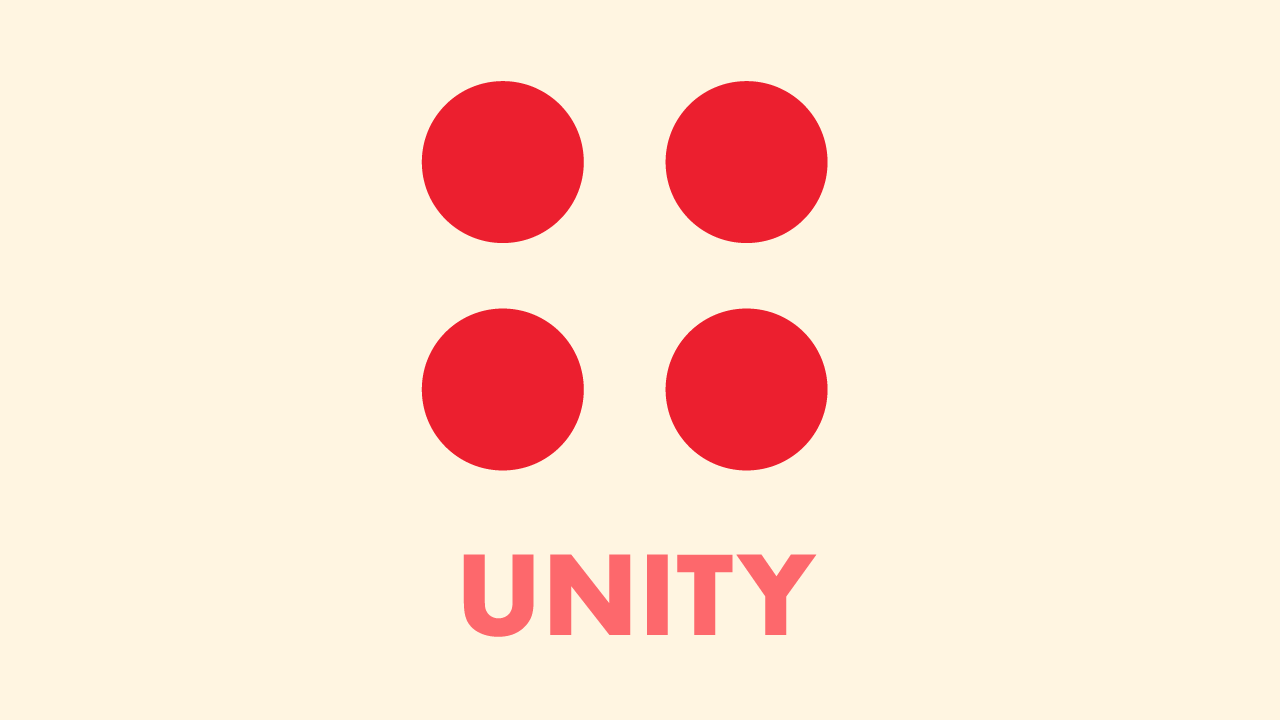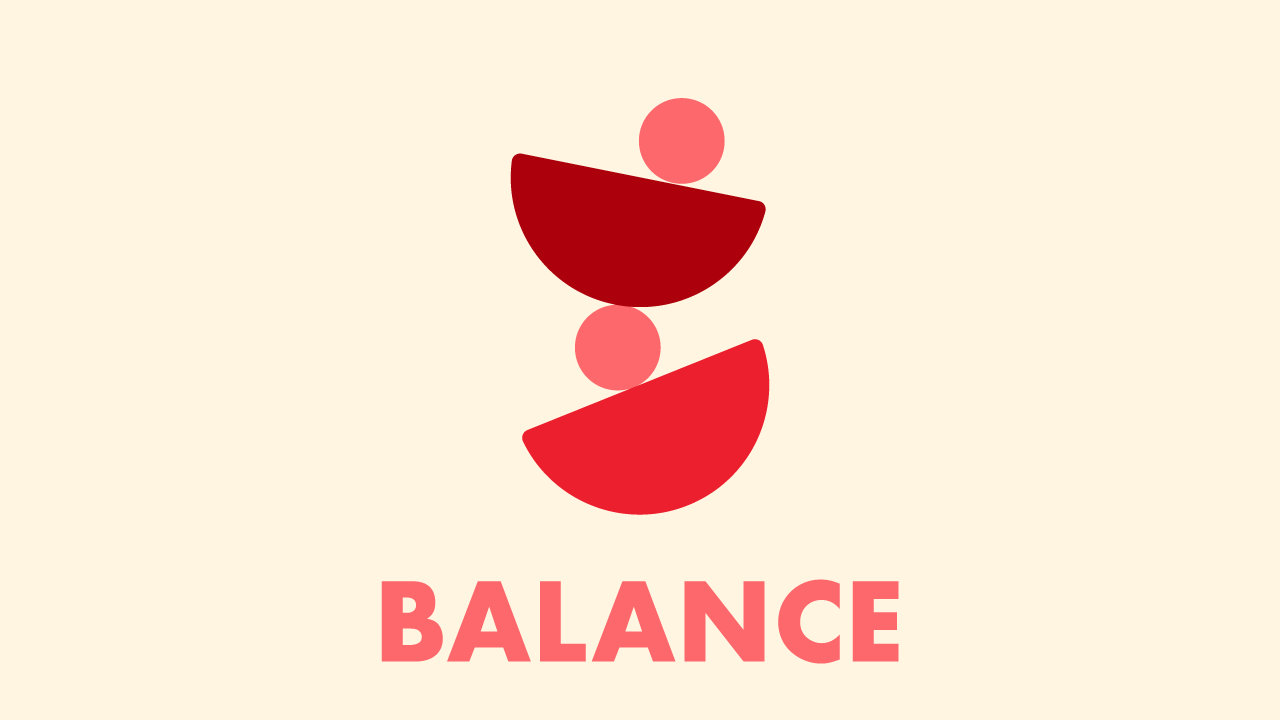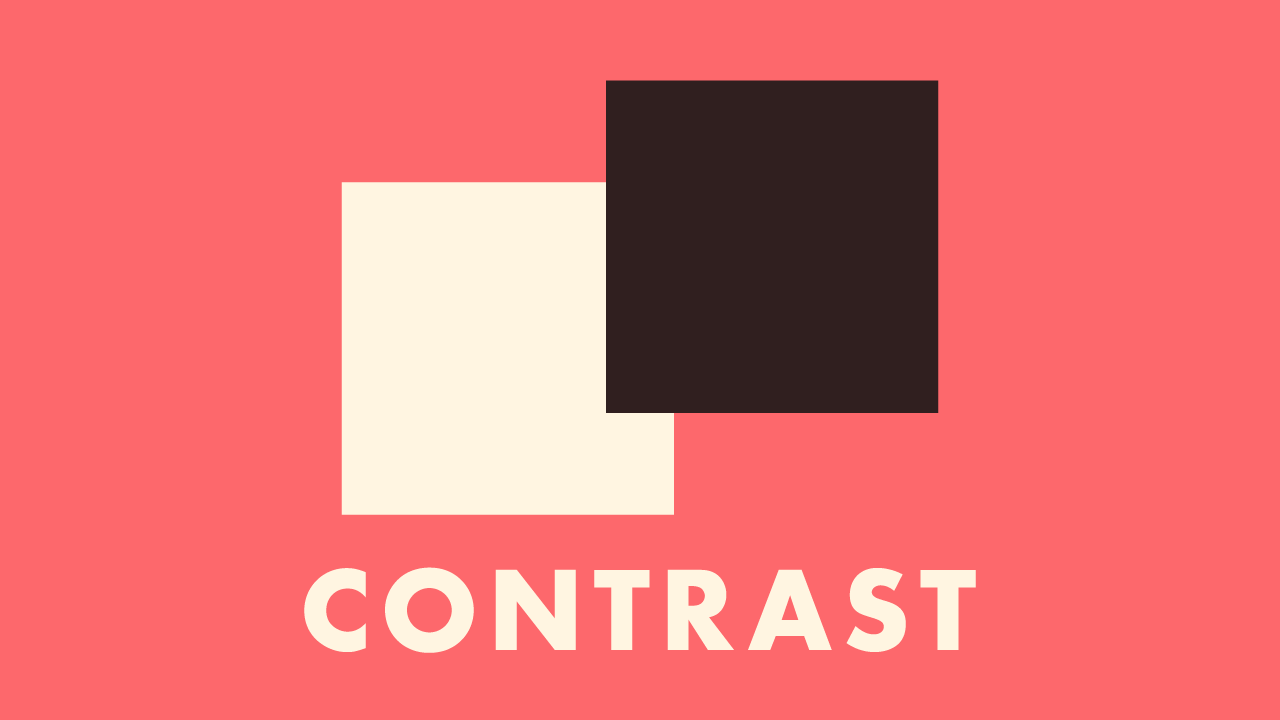Unity in Design: Harmonizing Elements for Cohesion
Uncover the power of unity in graphic design as it transforms diverse elements into a seamless, harmonious visual symphony.

3 min read
·November 19, 2023

Introduction:
Unity is the unsung hero of design, the quiet force that turns a cacophony of elements into a harmonious visual symphony. It’s the underlying principle that unites form and function, color and shape, text and imagery into a seamless whole. It’s about creating a relationship between elements that makes the entire composition feel like a single, cohesive unit. Let’s explore how unity is the silent whisperer of cohesion in the world of graphic design.
The Essence of Unity:
Unity in design is about making all parts of the artwork work together to communicate a message effectively. Here’s how I weave the threads of unity through my designs:
- Consistent Visual Language:
- Using a consistent color palette, typography, and graphic style ensures that all elements speak the same visual language, much like a well-rehearsed choir.
- Grouping and Proximity:
- Grouping related items or placing them nearby creates a bond between them. This visual closeness tells the viewer that these elements share a relationship.
- Alignment and Grids:
- A strong grid system and thoughtful alignment give structure to the elements, much like the lines on a music sheet that guide a musician’s notes.
- Repetition and Patterns:
- Repetition of shapes, colors, and textures can reinforce unity, creating a rhythm that the viewer’s eye can follow through the design.
- Transitions and Flow:
- Smooth transitions between elements, with a clear beginning, middle, and end, can guide the viewer across the design in a unified flow.
Practical Applications of Unity:
In a recent branding project, I aimed for a design that spoke with one voice across multiple platforms. The logo, color scheme, and typefaces remained consistent whether on a billboard or a business card. This repetition and consistency are what built a recognizable and unified brand image.
A Personal Reflection on Unity:
In my journey as a designer, unity has always been the quiet powerhouse. It’s not about making every piece the same; it’s about creating a sense of belonging among diverse elements. It’s the invisible threads that weave individual notes into a melody.
Conclusion:
Unity in design is about creating relationships that make the whole greater than the sum of its parts. It’s about crafting an integrated experience that communicates with clarity and beauty. As we design, let’s keep unity at the forefront of our minds, letting it guide our creative choices to build compositions that resonate as one.
So, let’s celebrate unity—the principle that takes our disparate visual elements and turns them into a unified masterpiece. Here’s to the designs that sing in harmony, captivating viewers and holding them in a unified visual embrace.
Similar Posts
-
November 19, 2023
Discover the art of balance in design, exploring its types and impact on transforming good designs into great ones in this insightful blog post.
-
November 19, 2023
Delve into the transformative role of contrast in design, from color to typography, and learn to create designs that are both compelling and memorable.

